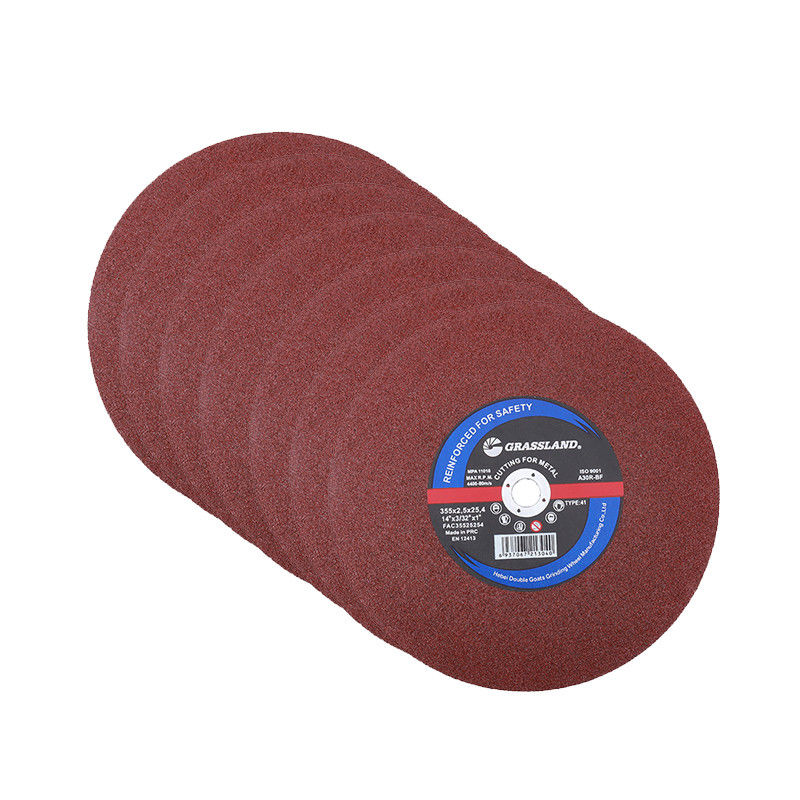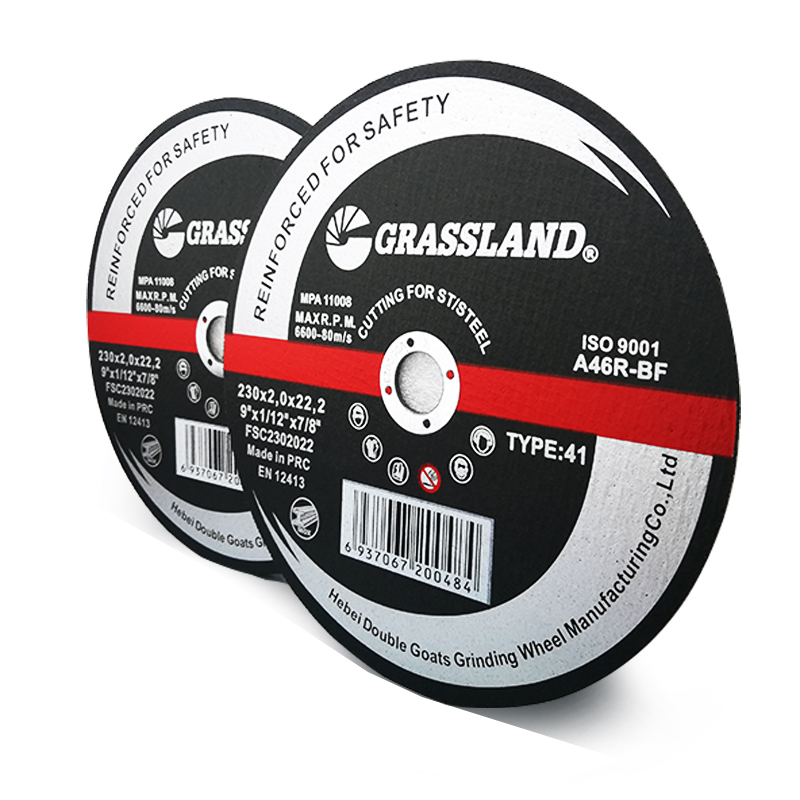The Versatile Use of Rust and Paint Remover Wheels
In the world of DIY projects and home improvement, rust and paint remover wheels have become indispensable tools for both professionals and enthusiasts alike. These wheels, designed to be attached to power tools, provide an efficient and effective means of stripping away unwanted layers of rust and paint from various surfaces. This article will explore the benefits, applications, and best practices for using rust and paint remover wheels.
Understanding Rust and Paint Remover Wheels
Rust and paint remover wheels are typically made from synthetic materials or steel bristles and come in various shapes and sizes. Their design allows for flexibility and adaptability to different surfaces, making them suitable for use on wood, metal, and even masonry. The primary function of these wheels is to scour surfaces, removing layers of rust, old paint, and other debris without damaging the underlying material if used correctly.
Benefits of Using Rust and Paint Remover Wheels
One of the main advantages of rust and paint remover wheels is their efficiency. Unlike traditional methods such as hand sanding or chemical strippers, these wheels can cover large areas quickly, saving time and effort. Additionally, they provide a uniform finish, which is especially important for projects requiring precision and aesthetics.
These wheels also reduce the physical strain on the user. When attached to a power tool, the wheels do most of the work, allowing individuals to complete their tasks with minimal fatigue. This is particularly beneficial for larger projects, like restoring a vintage car or refinishing outdoor furniture.
Moreover, rust and paint remover wheels are environmentally friendly compared to chemical-based paint removers. Many traditional strippers contain harsh chemicals that can be harmful to both the user and the environment. In contrast, using a mechanical method significantly reduces the risk of chemical exposure and toxic waste.
Applications
rust and paint remover wheel

Rust and paint remover wheels have a wide range of applications. They are commonly used in automotive restoration, where old paint jobs and rust must be stripped clean before new coatings can be applied. These wheels are also effective for home renovations, like preparing wooden surfaces for staining or repainting.
In the woodworking community, these tools are valued for their ability to clean and prepare surfaces without leaving deep scratches, which is crucial for achieving a smooth finish. Furthermore, they are useful in industrial settings, where equipment often requires maintenance to remove rust and ensure longevity.
Best Practices for Using Rust and Paint Remover Wheels
To achieve optimal results with rust and paint remover wheels, users should follow certain best practices. First and foremost, it’s essential to select the right wheel for the job. Different materials and wheel types are designed for specific applications, so it’s crucial to match the wheel with the surface being worked on.
Safety is also paramount. Proper protective gear, including goggles, gloves, and a dust mask, should always be worn to prevent injury from debris or dust particles that may be generated during the process.
Moreover, control the speed and pressure applied while using the wheel to avoid damaging the surface. It’s a good idea to test on a small, inconspicuous area first to ensure compatibility before proceeding with the entire project.
Conclusion
In conclusion, rust and paint remover wheels are versatile tools that offer significant advantages for a variety of projects. Their efficiency, ease of use, and eco-friendliness make them a popular choice for anyone looking to restore, renovate, or revamp surfaces. By following safety guidelines and selecting the appropriate wheel, users can take full advantage of this practical tool, turning tedious tasks into manageable projects. With the right equipment in hand, tackling rust and paint issues has never been easier.
Post time:Dec - 12 - 2024

















